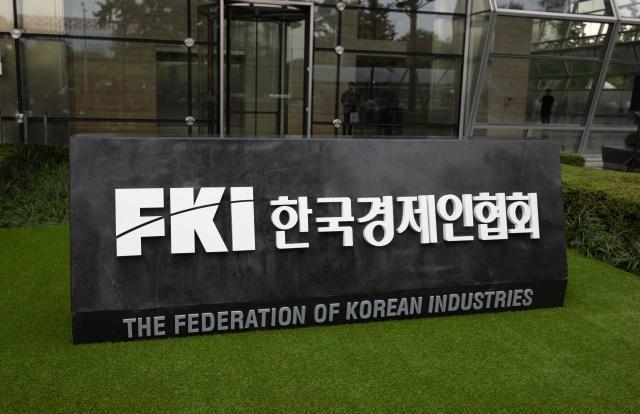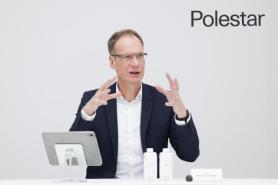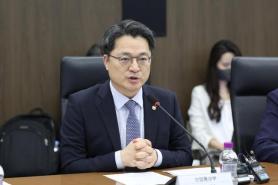
SEOUL, July 11 (AJP) - South Korea’s export momentum is expected to falter in the second half of 2025, weighed down by rising uncertainty over U.S. trade policy and softening global demand, according to a new industry survey.
The Federation of Korean Industries (FKI), in partnership with research firm Mono Research, surveyed 150 companies among Korea’s top 1,000 exporters across ten key sectors. The findings paint a cautious picture: overall export volume is projected to decline by 1.6 percent year-over-year, reversing gains seen earlier in the year.
The export outlook varies sharply by industry.
Bio-health products are expected to lead the few gainers, with shipments projected to rise 1.6 percent, followed by electronic components (1.3 percent), automotive parts (0.8 percent), and computers (0.4 percent).
In contrast, steel exports are forecast to fall 5.0 percent, shipbuilding by 2.5 percent, and both petrochemicals and general machinery by 2.2 percent. Automobile and semiconductor exports are also expected to contract, though more modestly.
The most pressing concern among exporters is the potential for escalating U.S. tariffs. More than half of respondents identified American trade policy as the top risk to their businesses, ahead of broader worries about a global economic slowdown and the intensifying U.S.–China rivalry.
Industry anxiety has grown since Washington announced on July 7 that new retaliatory tariffs — reaching as high as 25 percent — could take effect on August 1. If implemented, they would pose a severe burden for Korean exporters, the survey found.
A full 92 percent of respondents said their businesses would struggle to absorb tariffs above 15 percent. Notably, 42 percent indicated that even a single-digit increase would be difficult to manage.
In response, companies are exploring a range of mitigation strategies. About one-third said they plan to reduce costs, while a similar share are preparing to adjust export prices. Roughly 15 percent are considering shifting production overseas. Still, 14.2 percent of firms acknowledged having no concrete plan in place.
Profit margins are expected to remain under pressure. Nearly 39 percent of companies forecast deteriorating profitability in the second half of 2025, citing rising tariff-related costs (44.8 percent), tougher price competition (34.5 percent), and increasing labor and operational expenses (13.8 percent). Only 14 percent expect an improvement.
Sectors such as auto parts, automobiles, general machinery, petrochemicals, and steel were more likely to report projected margin declines. Only the semiconductor and shipbuilding industries had more companies forecasting improved profitability than those expecting deterioration.
To bolster resilience, exporters are urging the government to prioritize trade pacts aimed at reducing tariff exposure and to expand financial support. Policy recommendations include enhanced corporate tax incentives, investment credits, and initiatives to help firms access new export markets.
“With U.S. tariff policy and sluggish global growth likely to persist, cost-cutting alone is not a sustainable strategy,” said Lee Sang-ho, head of economic and industrial policy at FKI.
“What’s needed are trade agreements that reflect Korea’s strengths, regional diversification of exports, and broader institutional support to secure long-term competitiveness.”
Copyright ⓒ Aju Press All rights reserved.



